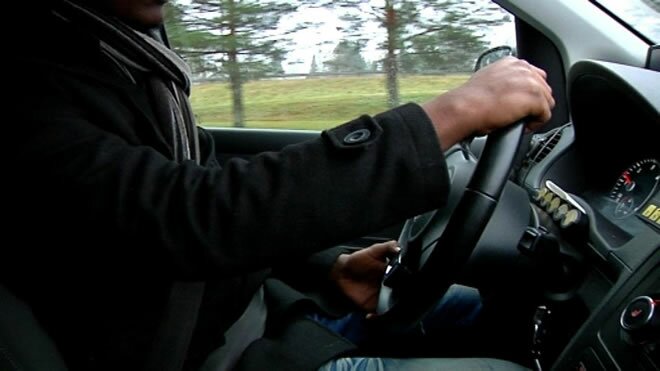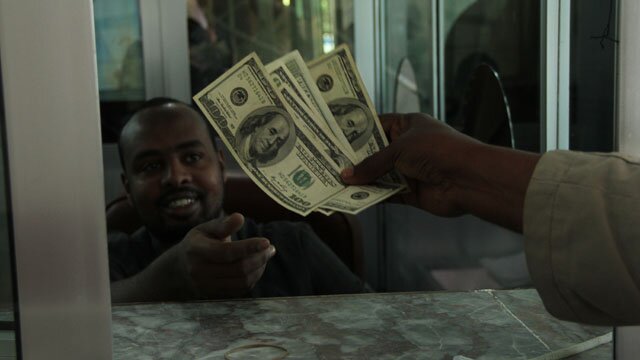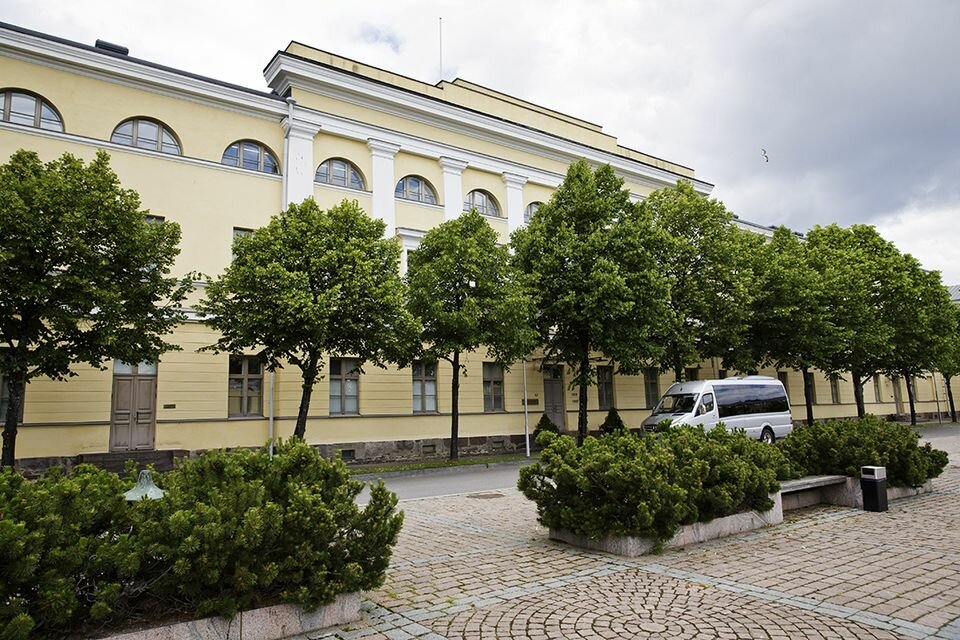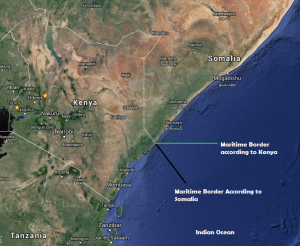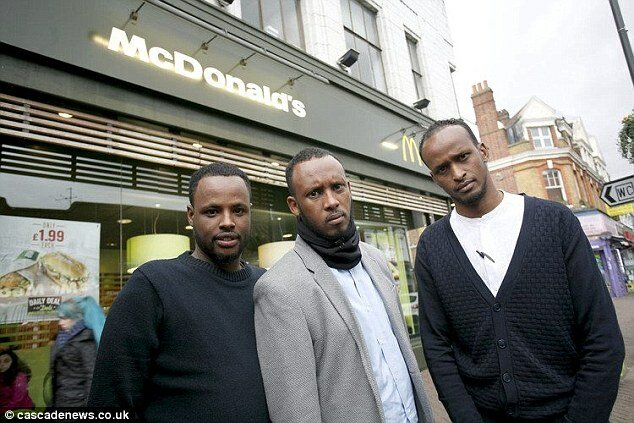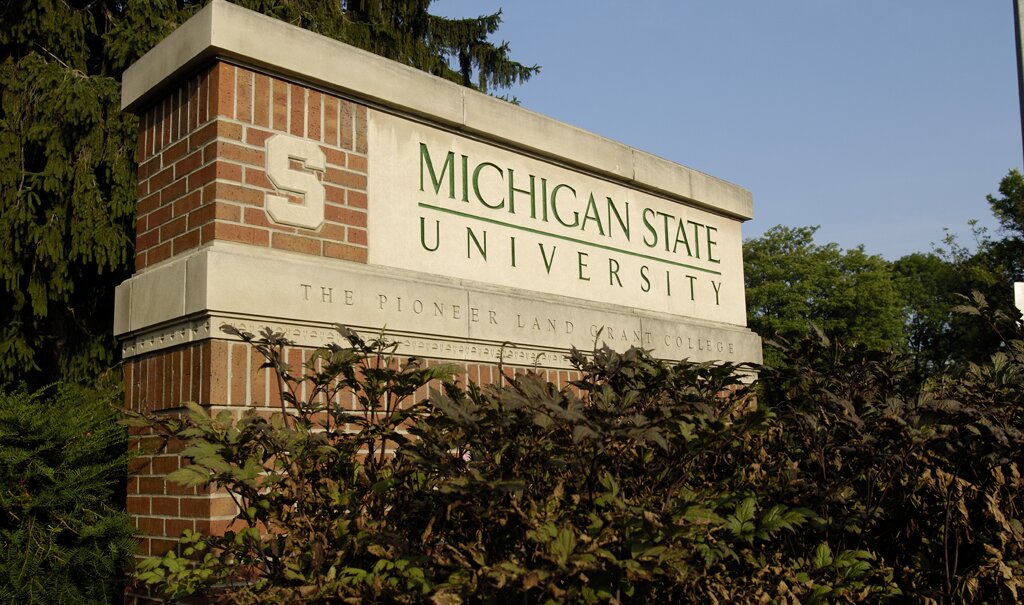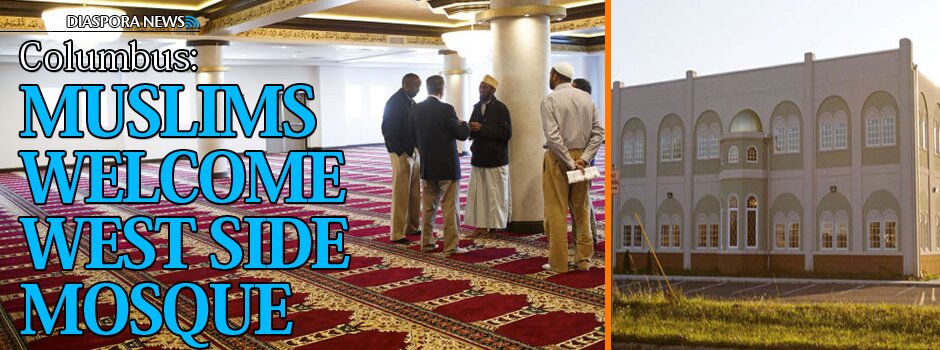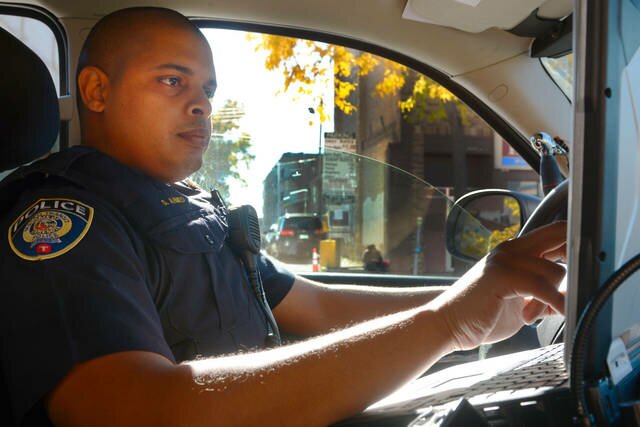Burlington’s Old North End is the most diverse place in Vermont
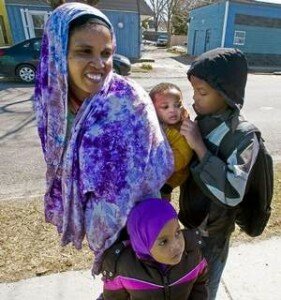 It comes as no surprise to people-watchers. For generations, the Old North End has been a port of entry to greater Burlington, a source of hybrid vigor as well as growing pains.
It comes as no surprise to people-watchers. For generations, the Old North End has been a port of entry to greater Burlington, a source of hybrid vigor as well as growing pains.
In the past decade, the neighborhood has become the most racially diverse place in Vermont, thanks largely to refugees from Asia and Africa.
U.S. census data make it official: The neighborhoods in Tract 3 — mostly north of North Street — bear a deeper palette of skin tones than anywhere else in the predominantly white Green Mountain State.
From 2000 to 2010, the black population in this Burlington neighborhood nearly tripled, to 9.9 percent. The count for Asian residents rose to 8 percent, an almost seven-fold increase. The white population dropped from 84.3 to 77.2 percent.
“I cook differently now. I shop differently,” said Megan Humphrey, pausing between errands one afternoon last week outside Dot’s Market on Archibald Street. “We’re enriched.”
Other places in Chittenden County, Vermont’s fastest-growing region, share the rise in racial diversity — most notably in Winooski and two other neighborhoods in Burlington. Even in these places, Vermont lags behind the rest of the country in its varied racial composition — fewer than three in four U.S. residents are white, for instance, and almost 13 percent of Americans are black.
But still, there is no question: Diversity in and around Burlington is on the rise, and nowhere is that more apparent than in the Old North End.
In many ways, numbers are the simplest part of the equation.
Humphrey moved here 30 years ago. She said she’s never felt more at home.
“It’s such a small world,” she said, “and more of it’s finally coming to Vermont.”
Live and learn
Waves of Irish, Italians and Quebecois preceded the arrival of urban homesteaders such as Humphrey to the Old North End. But only much later in the 20th century did migrations significantly dilute the Euro-centric gene pool.
Burlington College, which sits at the western edge of this neighborhood, is the home of an oral history and ethnography project that aims to document the phenomenon.
READ MORE
Comments
comments
 Calendar
Calendar







